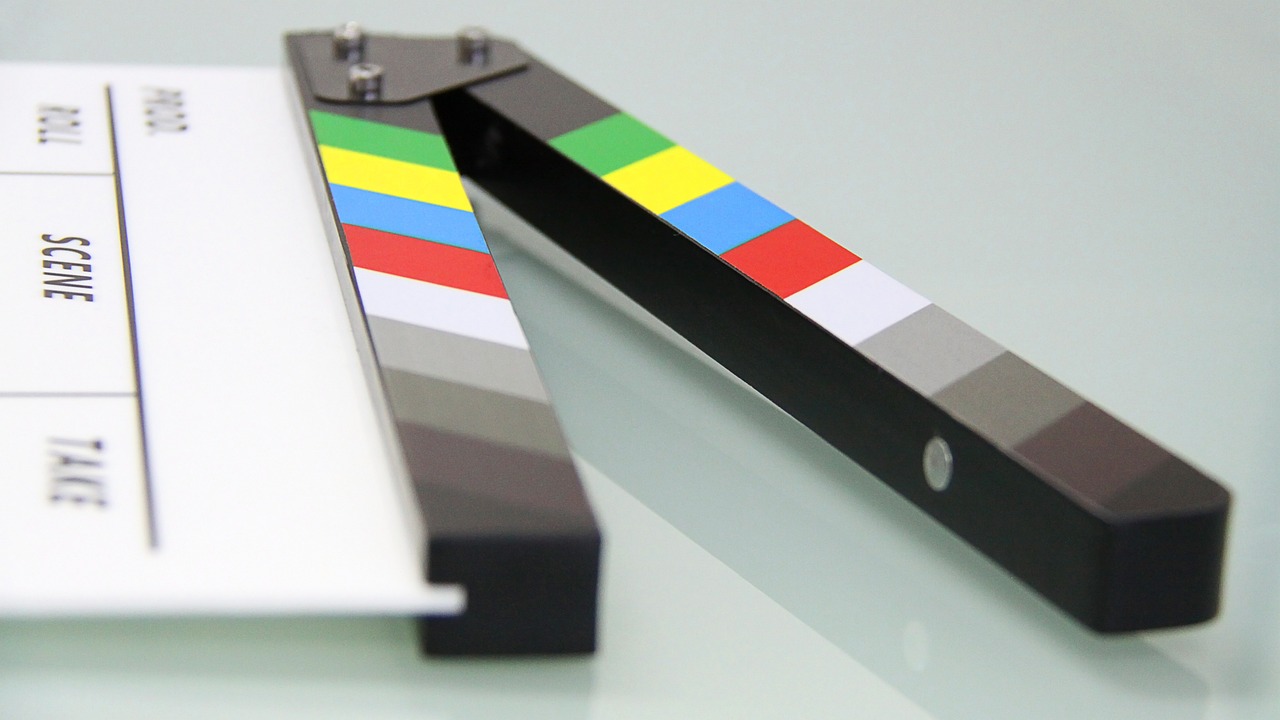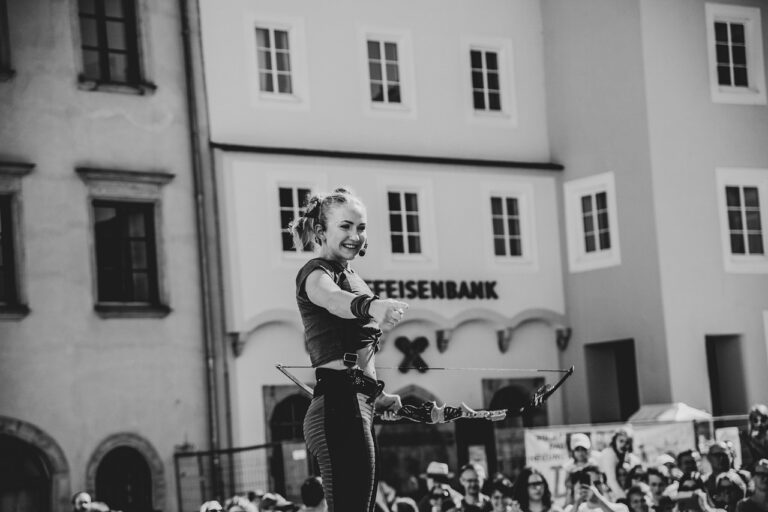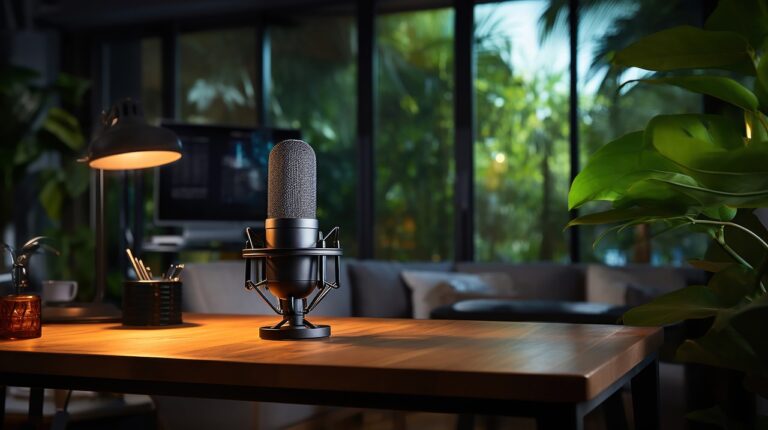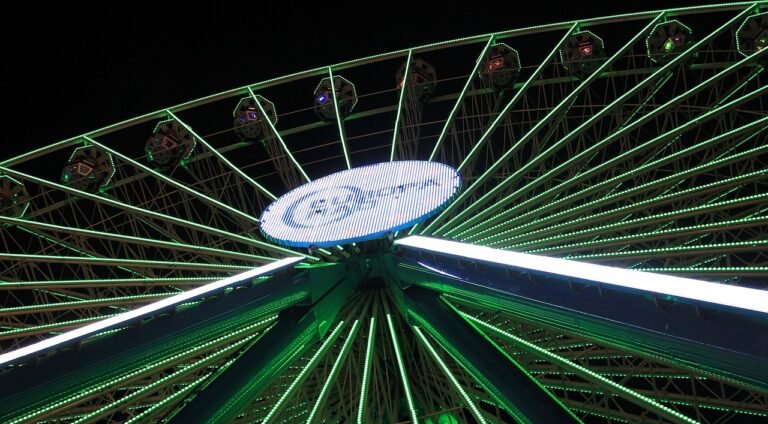Analyzing the Evolution of Special Effects in Films
While the concept of special effects in films may seem like a modern innovation, the roots of this captivating craft can be traced back to the era of silent films. In the early days of cinema, filmmakers relied on practical effects such as stop-motion animation, matte paintings, and miniatures to bring their visual stories to life on the silver screen. These handcrafted techniques required meticulous attention to detail and creative problem-solving to achieve the desired cinematic illusions.
One of the pioneering figures in the evolution of special effects during the silent film era was Georges Méliès. Known for his innovative use of trick photography and practical effects in films like “A Trip to the Moon,” Méliès laid the foundation for future filmmakers to experiment with visual storytelling techniques. His groundbreaking work not only inspired future generations of filmmakers but also showcased the boundless possibilities of special effects in shaping cinematic narratives.
The Rise of Practical Effects in Classic Hollywood Cinema
Practical effects became a prominent feature in classic Hollywood cinema, elevating the visual spectacle of films during this era. Instead of relying solely on post-production trickery, filmmakers began to utilize practical techniques, such as miniatures, animatronics, and prosthetics, to bring their visions to life on screen. This shift not only added a tangible quality to the special effects but also allowed for greater immersion for audiences as they witnessed the magic unfold in real time.
These practical effects were a testament to the creativity and ingenuity of filmmakers and special effects artists of the time. From the impressive creature designs in horror films to the thrilling action sequences in adventure movies, practical effects played a crucial role in crafting memorable cinematic moments. It was through the dedication and craftsmanship of these individuals that the golden age of Hollywood cinema was able to capture the imagination of audiences worldwide.
• Practical effects added a tangible quality to special effects in classic Hollywood cinema
• Filmmakers utilized techniques such as miniatures, animatronics, and prosthetics
• Greater immersion for audiences as they witnessed the magic unfold in real time
• Creature designs in horror films and action sequences in adventure movies were particularly impressive
• Dedication and craftsmanship of filmmakers and special effects artists contributed to the golden age of Hollywood cinema
The Impact of CGI on Modern Blockbusters
In the realm of modern blockbusters, computer-generated imagery (CGI) has become an indispensable tool for filmmakers. With advancements in technology, the use of CGI allows for the creation of awe-inspiring visual effects that captivate audiences around the world. From larger-than-life explosions to fantastical creatures, CGI has revolutionized how stories are brought to life on the big screen.
The seamless integration of CGI in modern blockbusters has opened up a world of possibilities for filmmakers to push the boundaries of storytelling. By enhancing the visual spectacle of films, CGI has enabled directors to craft immersive cinematic experiences that transport viewers to unimaginable realms. The intricate details and realism achieved through CGI have elevated the quality of modern blockbusters, setting a new standard for visual storytelling in the film industry.
What is CGI?
CGI stands for Computer Generated Imagery, which refers to the use of computer graphics to create special effects in films.
How has CGI impacted modern blockbusters?
CGI has revolutionized the way special effects are created in modern blockbusters, allowing filmmakers to bring to life fantastical worlds and creatures that were previously impossible to achieve with practical effects.
What are some examples of blockbuster films that heavily rely on CGI?
Some examples of blockbuster films that heavily rely on CGI include the Marvel Cinematic Universe movies, Jurassic Park, Avatar, and the Star Wars sequels.
Are practical effects still used in modern blockbusters?
While CGI has become the dominant form of creating special effects in modern blockbusters, practical effects are still used in combination with CGI to create a more realistic and immersive viewing experience.
How has the evolution of special effects in film impacted storytelling?
The evolution of special effects in film, particularly the rise of CGI, has allowed filmmakers to tell more ambitious and visually stunning stories that were previously limited by practical effects. This has opened up a new world of storytelling possibilities in modern blockbusters.







